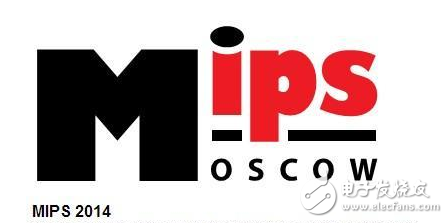MIPS is a popular RISC processor in the world. MIPS means "Microprocessor without interlocked piped stages". The mechanism is to use software as much as possible to avoid data related problems in the pipeline. It was first developed in the early 1980s by a research team led by Professor Hennessy of Stanford University. MIPS' R series is a microprocessor for RISC industrial products developed on this basis. These series of products are used by many computer companies to form a variety of workstations and computer systems. MIPS is one of the earliest commercial RISC architecture chips. The new architecture integrates all of the original MIPS instruction sets and adds many more powerful features.
MIPS Technologies is a manufacturer of high-performance, high-end and embedded 32-bit and 64-bit processors that play an important role in RISC processors. In 1984, MIPS Computer Corporation was established. In 1992, SGI acquired MIPS Computer Corporation. In 1998, MIPS left SGI and became a MIPS technology company.

1. MIPS hardware only supports one addressing mode, namely: register base address + immediate offset, and offset must be between -32768 and 32767 (16 bits). Any load and store machine instructions can be written as:
Lw $1,offset($2)
Any register can be used as the destination operand or source operand.
2. However, the MIPS assembler can use a composite instruction to support multiple addressing modes, including:
Direct: Directed by a data label or an external variable name;
Direct+index: The offset plus the label address specified by the register;
Constant: 32-bit constant;
Register Indirect: Register + Offset (where offset is 0).
3. In addition, MIPS has a technique called "global pointer gp relative addressing" for accessing data.
Francis turbines are the most common Water Turbine in use today. They operate in a water head from 40 to 600 m (130 to 2,000 ft) and are used primarily for electrical power production. The electric generators that most often use this type of turbine have a power output that generally ranges from just a few kilowatts up to 800 MW, though mini-hydro installations may be lower. Penstock (input pipes) diameters are between 3 and 33 ft (0.91 and 10 m). The speed range of the turbine is from 75 to 1000 rpm. A wicket gate around the outside of the turbine's rotating runner controls the rate of water flow through the turbine for different power production rates. Francis turbines are almost always mounted with the shaft vertical so as to isolate water from the generator. This also facilitates installation and maintenance.
Francis Turbine,Stainless Steel Francis Turbine,Francis Turbine Radial Flow,Stainless Steel Francis Turbine Runner
Shenyang Zhicheng Heavy Machinery Manufacturing Co., Ltd. , https://www.zhichengmachinery.com